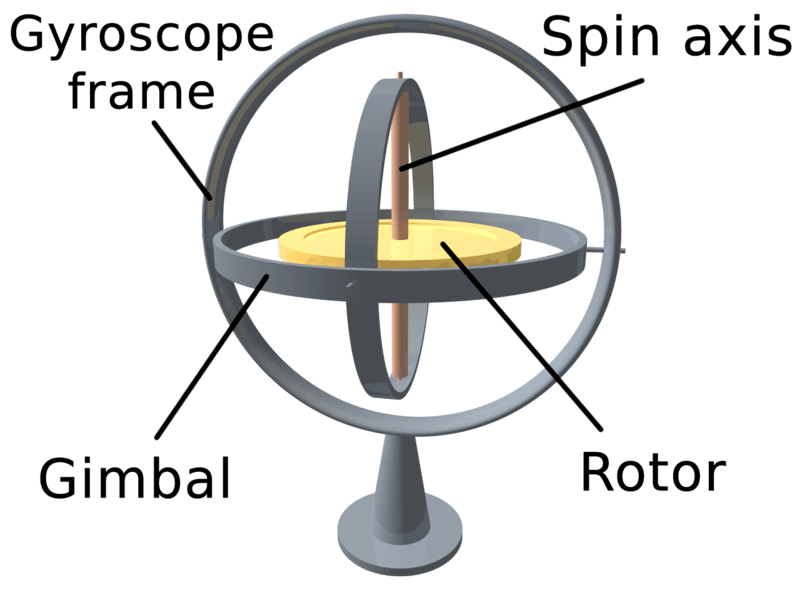Flying RC Helicopters can be fun and rewarding. However, it is very important to maintain your RC Heli because they are expensive, and neglecting basic maintenance can cost you even more in the long run.
Here are a few basic general maintenance tips:
Canopy Maintenance:
The canopy of your RC Heli should be detached and checked for defects and cracks every so often, depending on how much you fly. Check your canopy at least every 8-10 hours of flying time. Vibrations and rough landings can have negative effects on your copter. Make sure everything is tight and in place.
Landing Gear:
Landing gear can show signs of damage or stress and the bolts can loosen. Tightening them properly can increase the overall life of the landing gear and the heli as a whole because it will ensure a safe landing.
Bearings Maintenance:
Bearings in your RC Heli are susceptible to wear and tear over extended use. They need to be lubricated regularly and replaced whenever required. Check your user manual as this service varies depending on your model.
Servo Tray:
It is very important to ensure that the servo tray is not cracked. It needs to be securely fastened to the fuselage.
Tail Boom:
The shaft or the belt of the RC Heli can show signs of wear and tear over time. It is important to make sure that whenever the heli is stored for a long period of time, the drive tension of the belt or the shaft is released.
Gear Box:
The gearbox of the tail rotor is very important. It is to be disassembled and then each part is to be lubricated properly. Any loose screw needs to be tightened.
Rubber Grommets:
Servos are mounted to rubber grommets. These rubber grommets can become dry over time. A light coating of petroleum jelly on those rubber grommets can actually prevent them from drying up.
Batteries:
Different people have different opinions about storing rechargeable batteries. However, as a general rule, it is a good idea to ensure that the cells are not over-discharged. The batteries should be stored with a minimum of 50% charge and during winter, they should be stored in a place where they can stay warm. Batteries that are exposed to extreme cold and freeze will more than likely need to be replaced.
Servo Arms:
Cracks in servo arms can cause severe damage to the RC Helis during flight. Hence, they need to be checked regularly so that they can be replaced immediately whenever deemed necessary.
Fuel Tank:
If you have a large Heli, your fuel lines and tank should be inspected.
Clevises:
Clevises are to be properly fastened and secured to servo arms. Slipping small fuel tubing over closed clevises can actually help in securing them properly.
Following these maintenance tips will ensure that your favorite RC Heli stays in perfect shape for years and you can enjoy your hobby without any hassles. Your Heli should have come with a user manual, follow the guidelines for maintenance as often the stages and timeline vary from model to model.
guest post by Hobert Schmitmeyer





